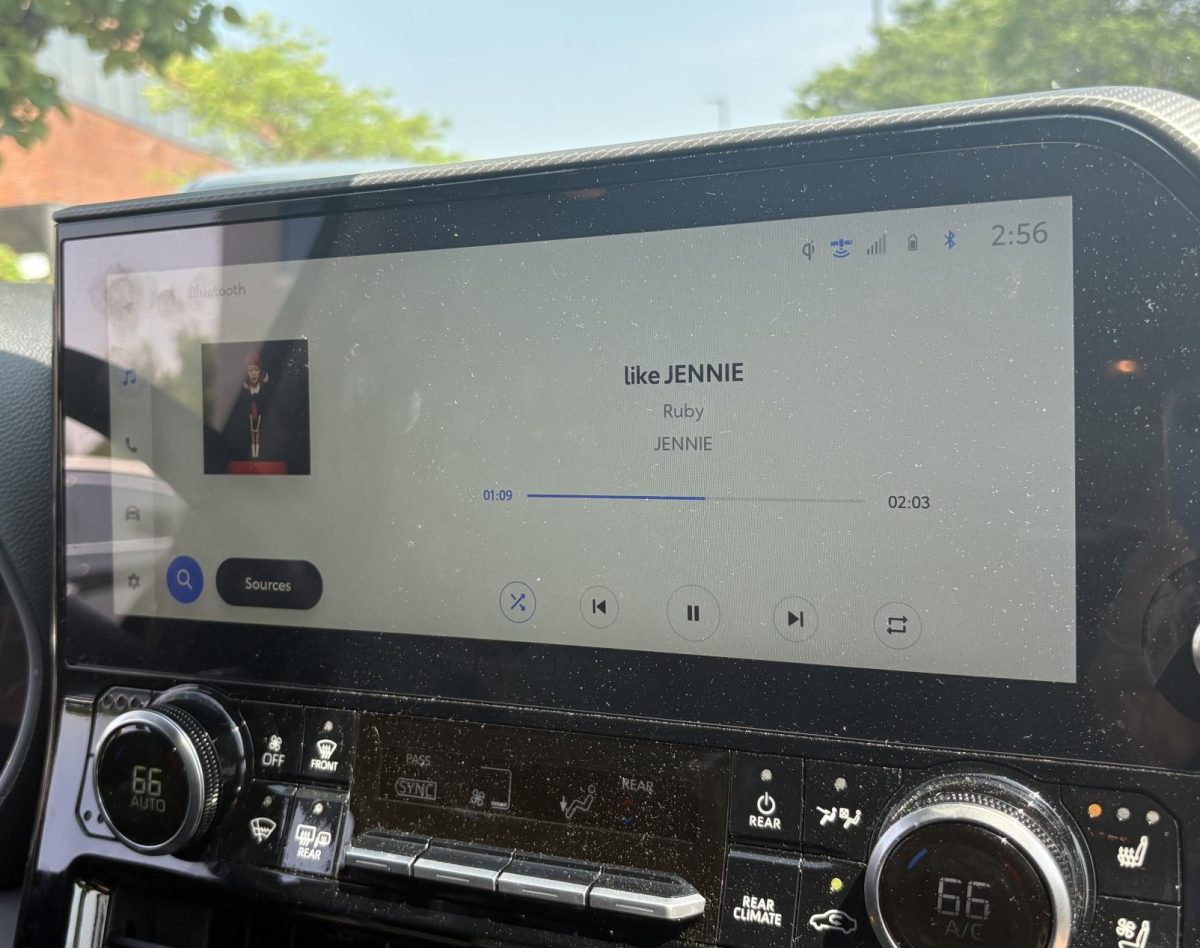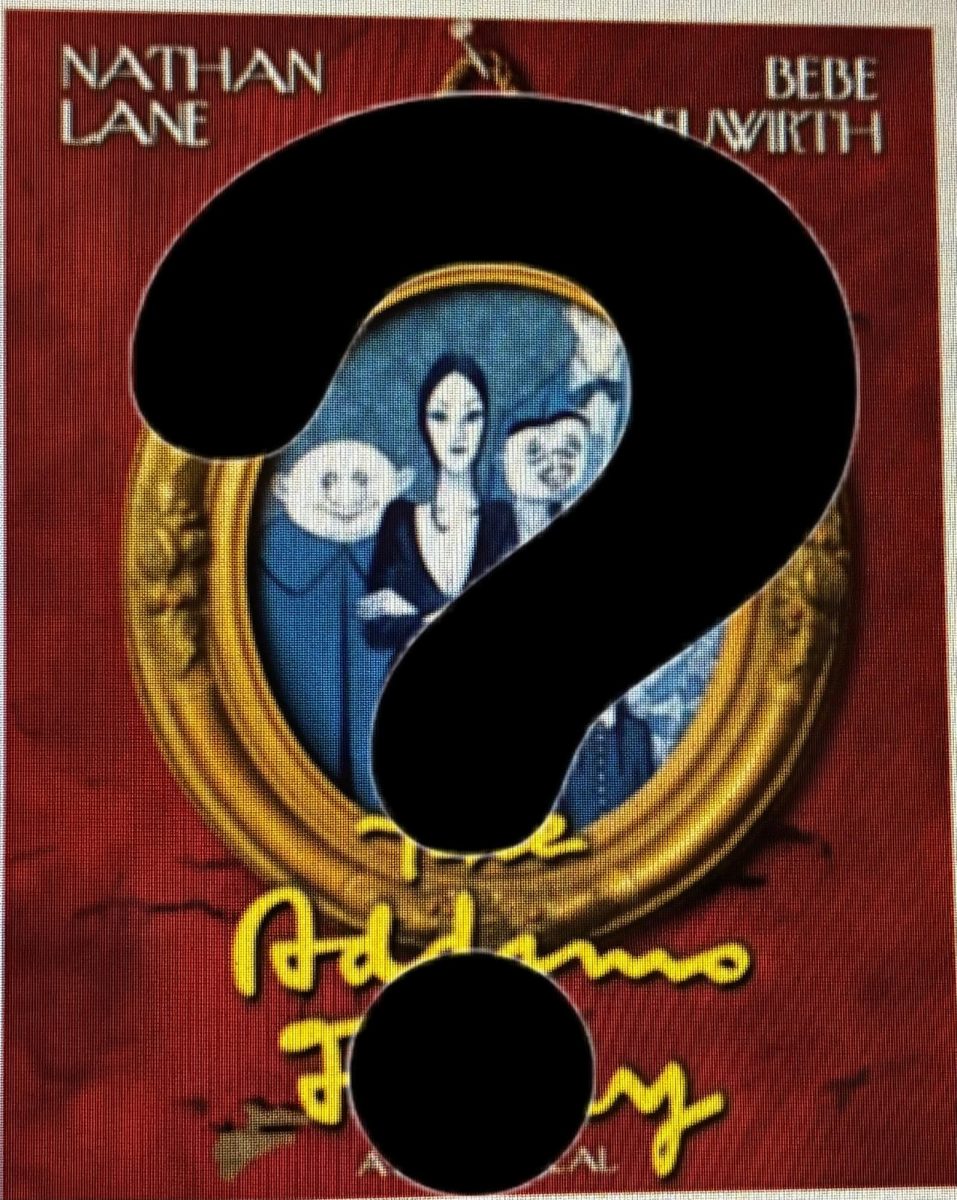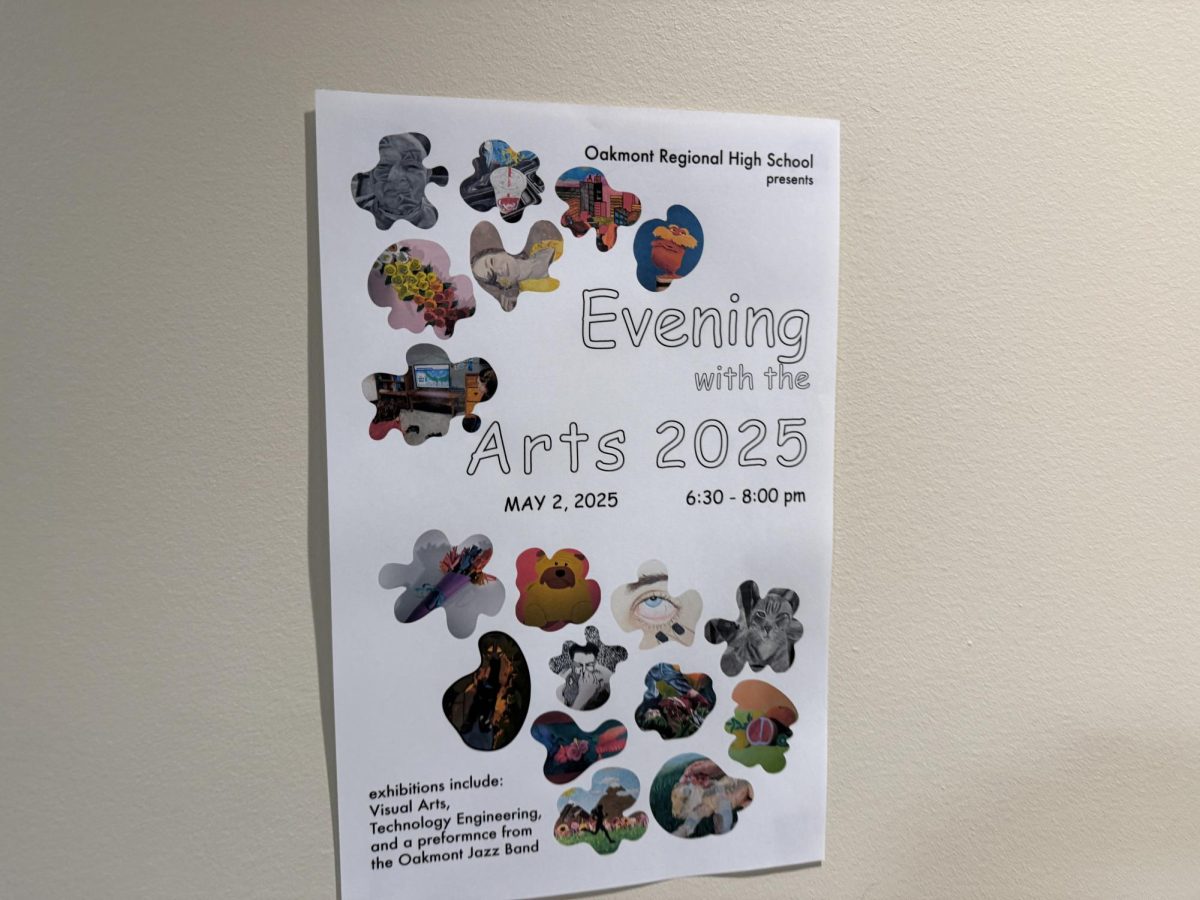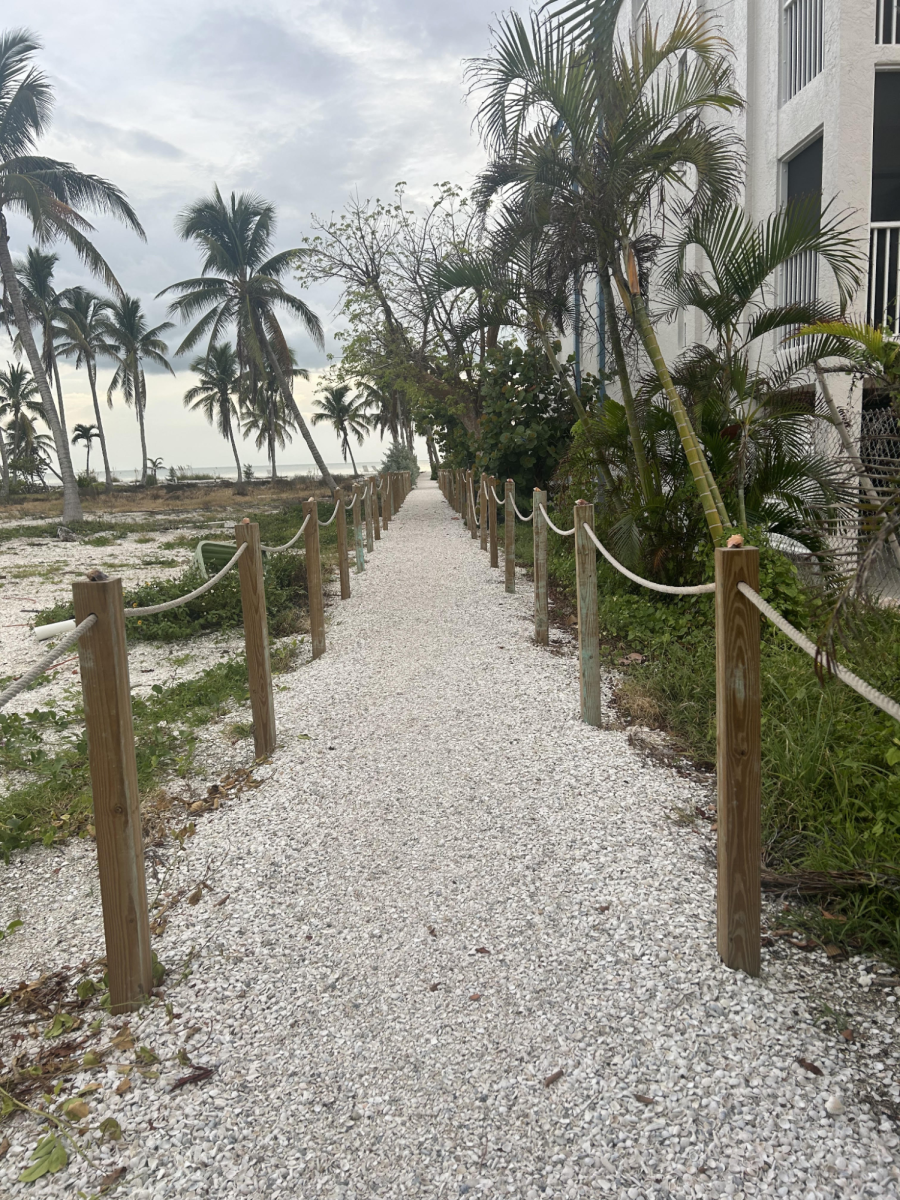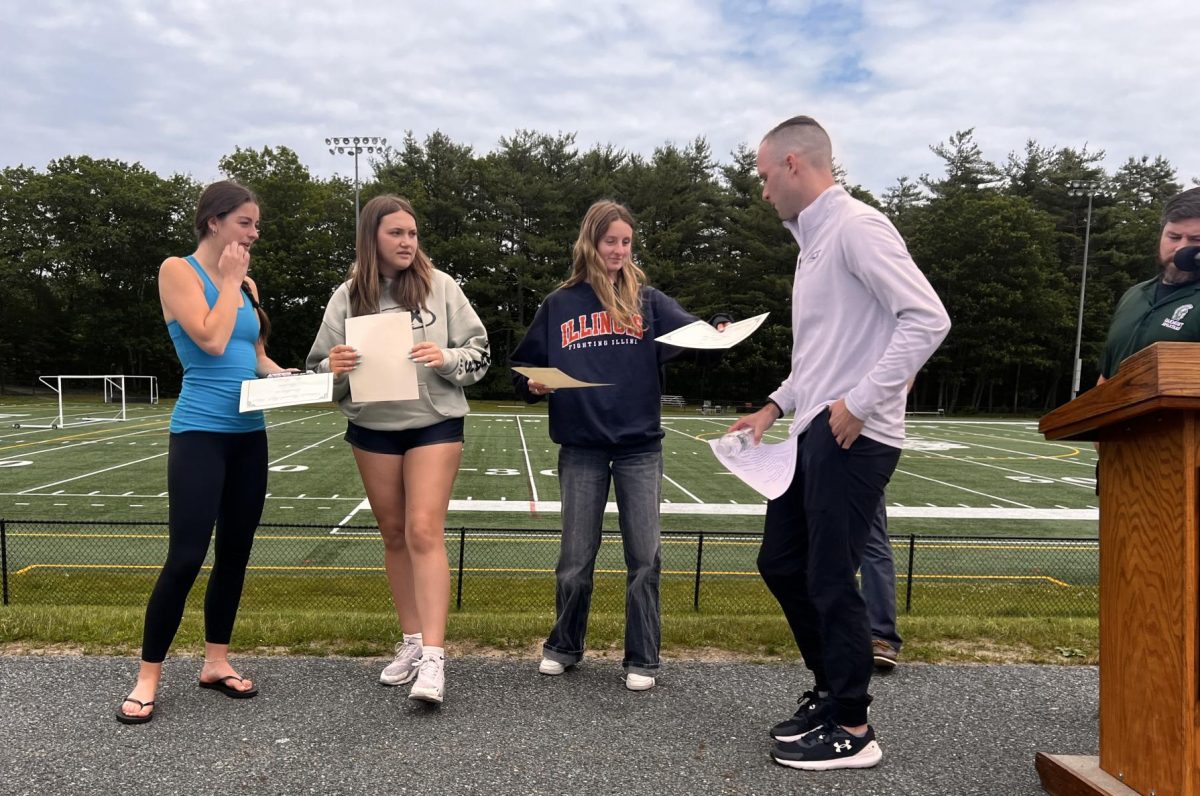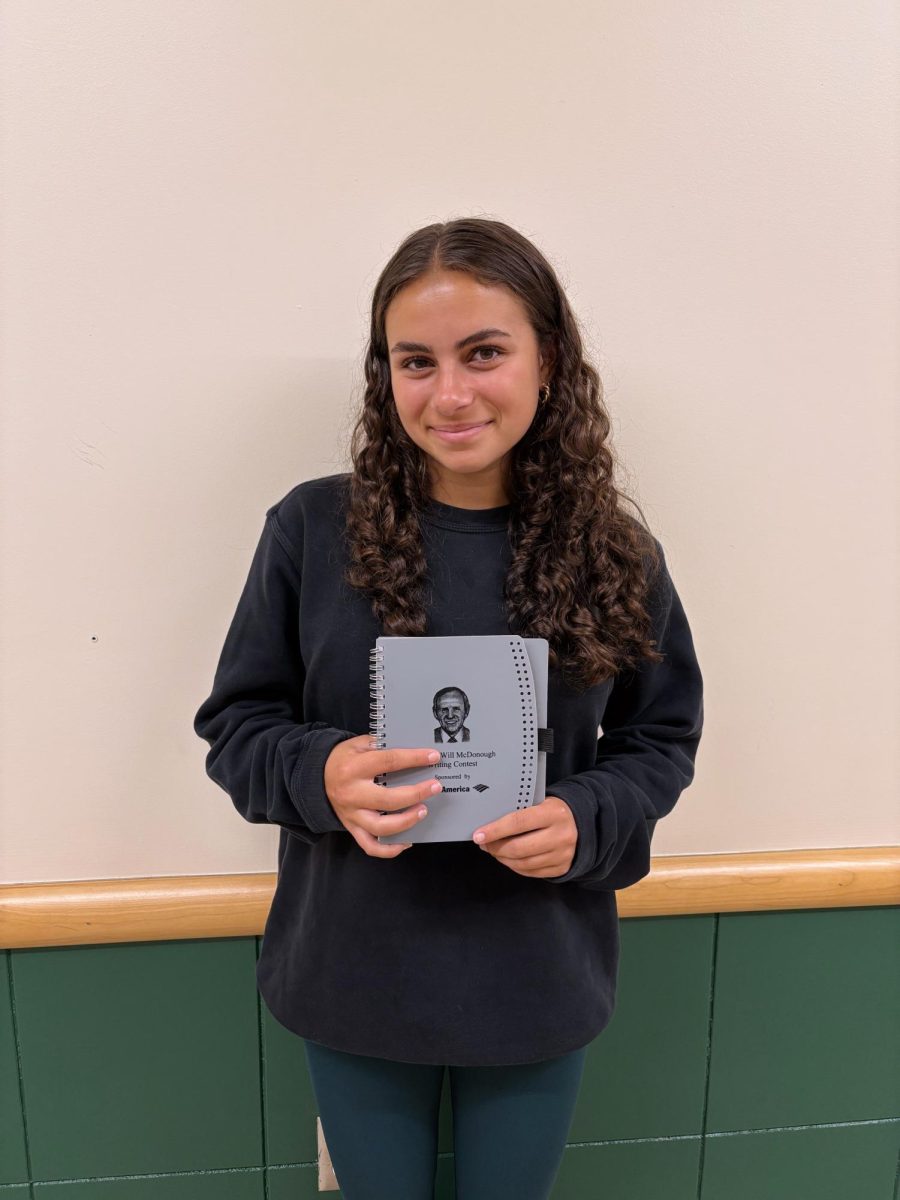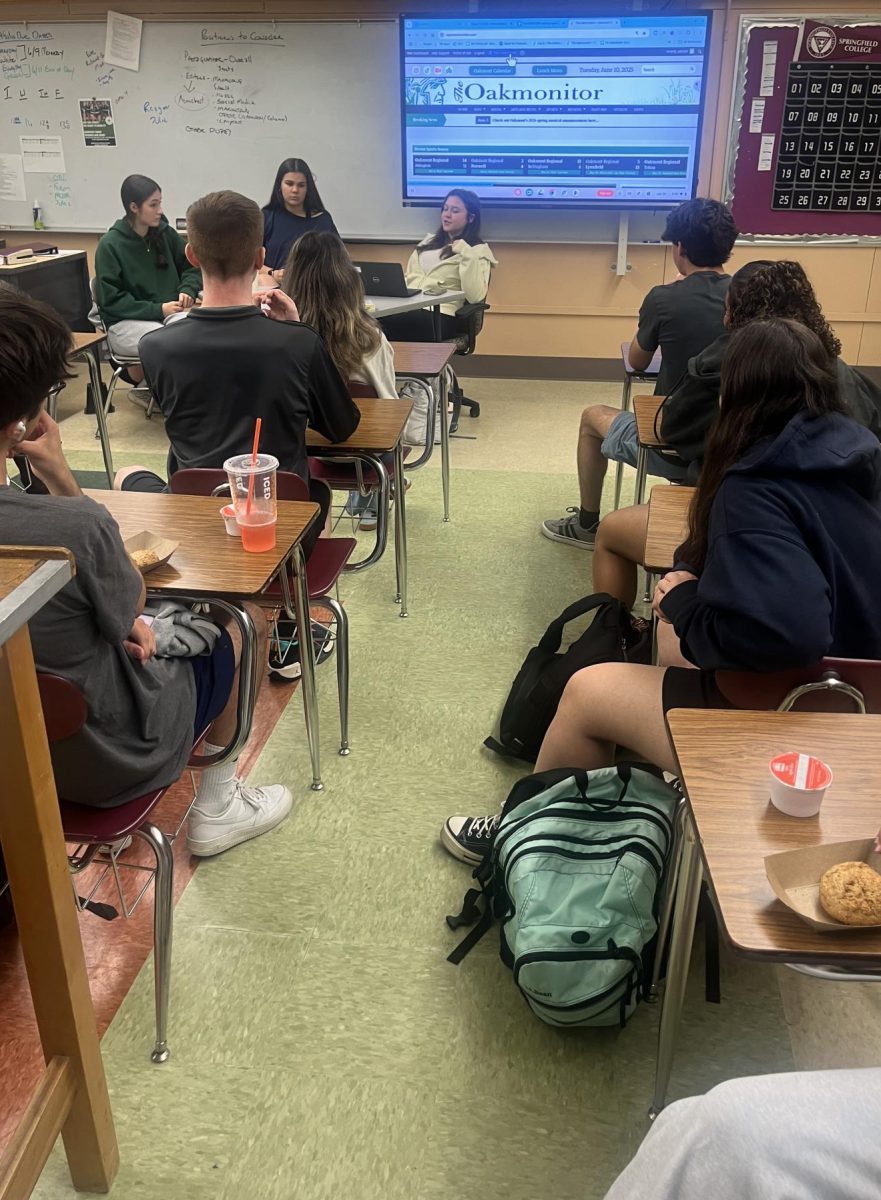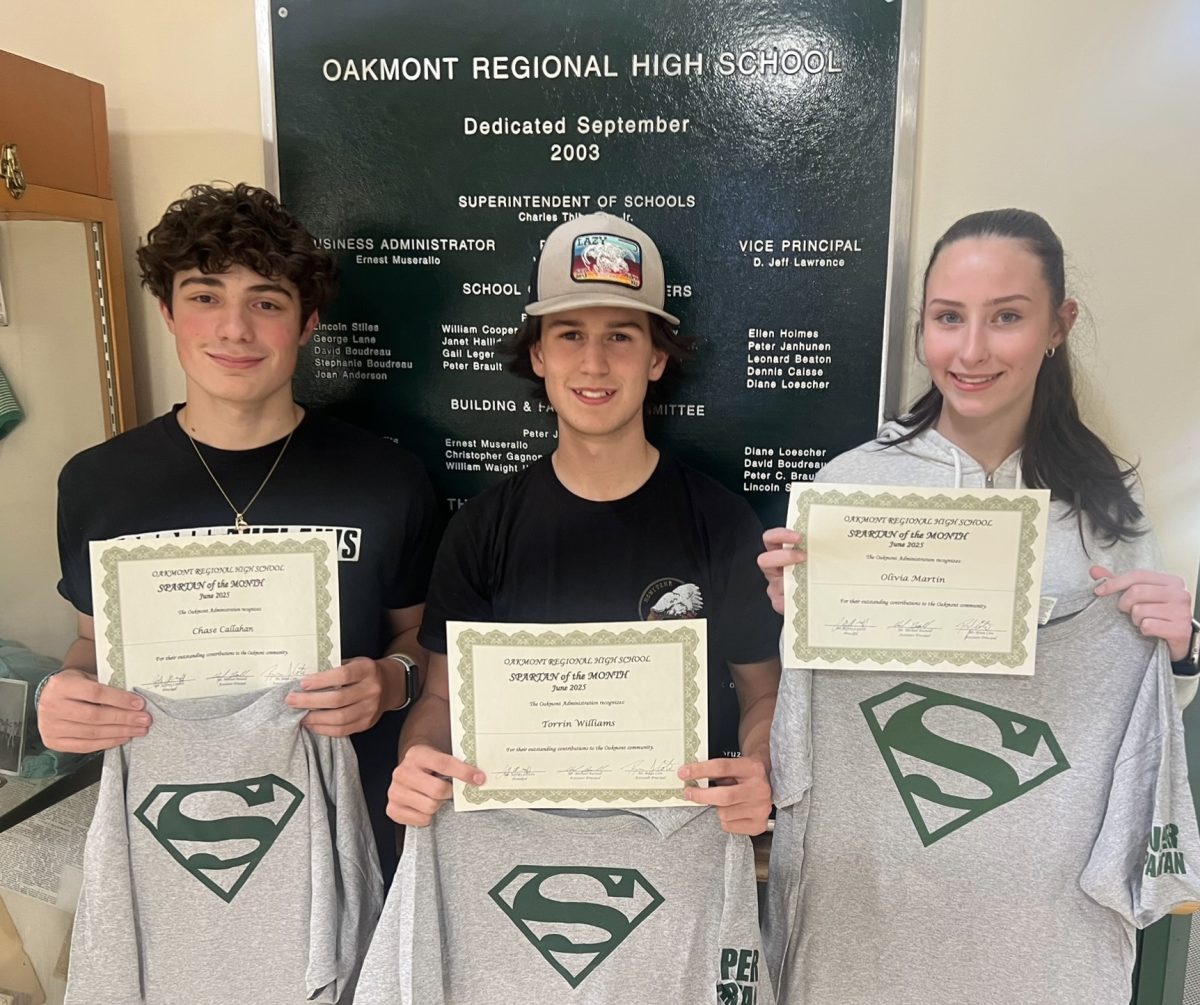Traffic signs are a vital part of the world. They have been here since most people can even remember. They tell you where to go and what to look out for. They even tell you what restaurants are at the next exit. But why do we have them? How were they even created?
The concept of traffic signs originates in ancient Rome and is translated into the Middle Ages as well. According to an article on degemmill.com, by Ashley Buckingham. It states, “During the Middle Ages, which is the period describing Europe from the fall of Rome in 476 A.D. to the 14th century, Roman road systems were still in use. During this time, various sign types were placed at crossroads to direct or point people toward different towns.”
But the evolution of traffic signs didn’t stop there. It continued to the 19th century. The 19th century had an uproar of inventions linked to transportation like bikes and the first automobiles, which forced the signs to evolve. In an article from dornbossign.com by, Jeffery Dornbos. It stated. “In the United States, the 1900s also came with a call for signs to meet automobile industry growth. Drivers were easily getting lost without signs. The signs that did exist at the time were often damaged or broken. As a result, Americans were becoming aware of the need for signs.”
The traffic light was made way later by a railroad engineer named J.P Knight in 1869, which ended with disaster when the gases from the experimental traffic light killed a police officer, which stopped its continuation in development. Later the development of the traffic light officially continued but didn’t start to be instated until 1914. Originally the colors on the traffic light were red and green but, this was causing problems. So in 1917 Officer William Pots added the idea of the yellow light. In 1946, most of America had the traditional red, yellow, and green traffic lights we all know.
Though their traffic signs and lights were not as complex as the ones today, they still helped them just like the ones we all know and love. The main job of a sign is to help and guide the driver in making safe decisions and in some cases clue in the driver in where they are going and what might be meeting them when they turn a corner.
Signs even do cool things like tell us where to find some historical sights (which are brown-colored signs) and what we will find at an exit, restaurants, and fast food spots (which are blue-colored signs). So the next time you get mad at the traffic light turning red when you are in a rush or when you come up a road and it’s blocked off by a construction sign, now you have to go to a whole different route. Remember the importance and the benefits of traffic signs and that we are really lucky to have them.
Cites Used:
“History of Traffic Signs: From Ancient Rome to Today’s Signmaking.” D.E. Gemmill, 19 Oct. 2017, https://www.degemmill.com/history-traffic-signs/.
“The History of Road Signs.” Dornbos Sign & Safety Inc., 20 Nov. 2017, https://www.dornbossign.com/sign-blog/the-history-of-road-signs/.


